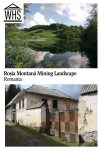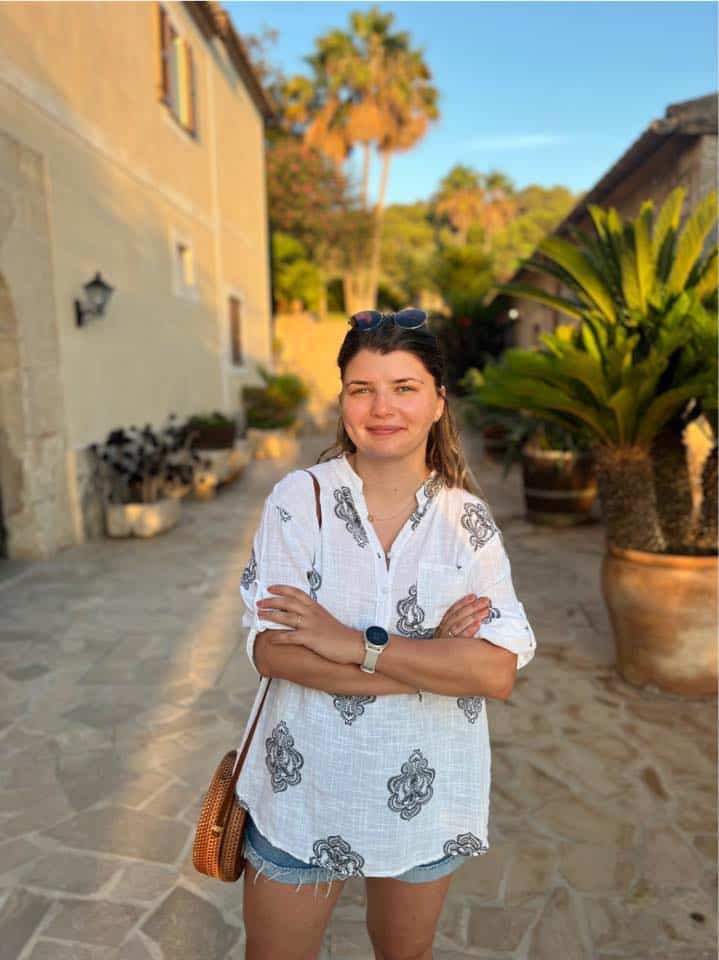Roșia Montană Mining Landscape
By Ersilia Octave
What is Roșia Montană Mining Landscape?
Roșia Montană is a commune in Alba County, Transylvania – a place where time seems to have stood still. It consists of 16 villages spread across 5000 hectares (19 square miles): Roșia Montană (the center), Bălmoșești, Blidești, Bunta, Cărpiniș, Coasta Henții, Corna, Curături, Dăroaia, Gârda-Bărbulești, Gura Roșiei, Iacobești, Ignățești, Șoal, Țarina, and Vârtop.
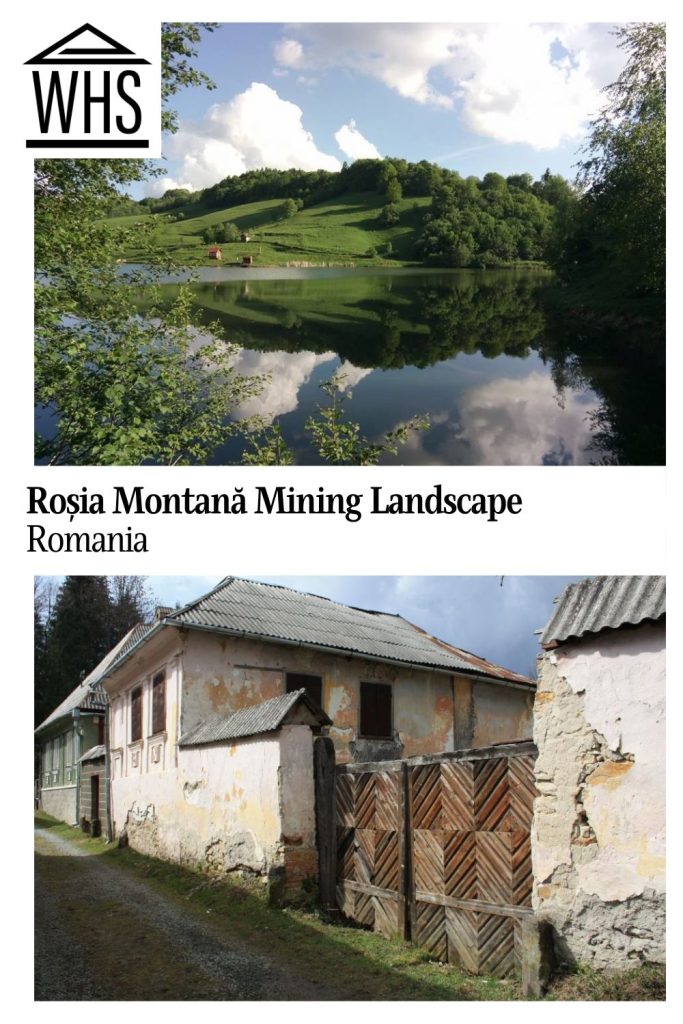
Disclosure: This article contains affiliate links. Making a purchase through an affiliate link will mean a small commission for this website. This will not affect your price. Privacy policy.
What makes this area so special is its diverse landscape. Volcanic relief dominates with extensive plateaus of andesitic lava, particularly in the north, south, and east through the Colțău, Brădățel, Rotunda, Curmătura, Cetate, and Cîrnic massifs. The sedimentary formations have created rolling hills with gentle or steep slopes, especially near valleys and streams. The gold and silver mining area of Roșia Montană consists of 11 mining zones with different surfaces, volumes, geological structures, and precious metal contents.
One of the most distinctive features of Roșia Montană Mining Landscape is its artificial lakes, locally called “tăuri.” While there were once about 100 of these lakes over the past 150 years, today only 8 remain: Tăul Mare, Tăul Țarină, Tăul Brazi, Tăul Anghel, Tăul Corna, Tăul Țapului, Tăul Găuri, and Tăul Cartuș. These lakes were originally created in the first half of the 18th century (starting in 1733) at the order of the Aulic Chamber in Vienna to provide water for gold processing operations, especially during drought periods when water was precious and carefully managed.
Why is Roșia Montană Mining Landscape a UNESCO World Heritage site?
As a Romanian, the moment I learned Roșia Montană had been designated a UNESCO site in 2021, I felt a wave of relief and pride. This place had been threatened with destruction for its gold, and now it is protected for future generations!
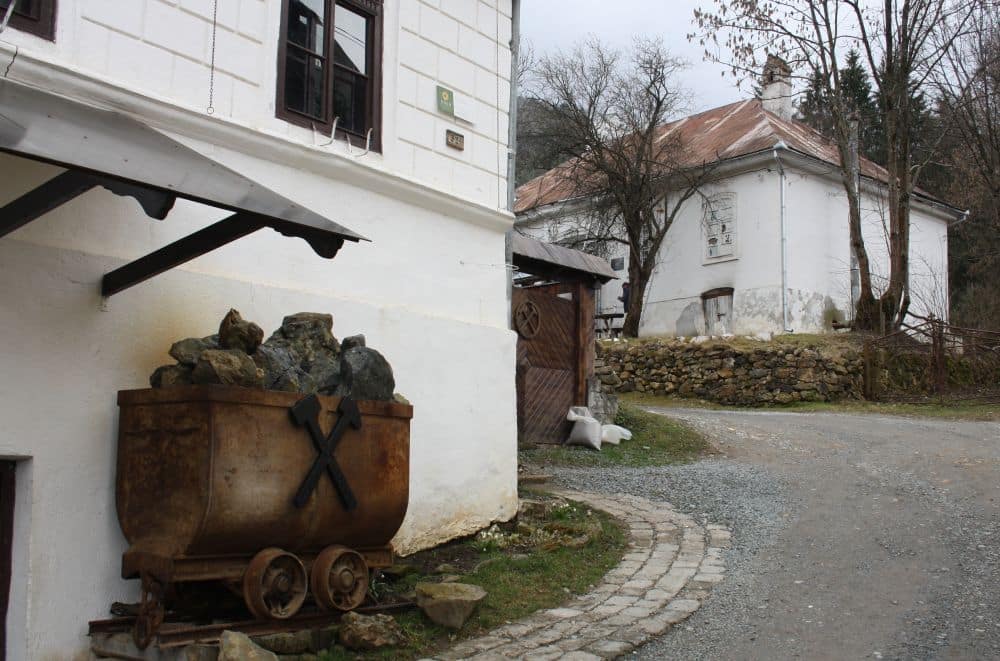
As UNESCO notes, “Roșia Montană features the most significant, extensive and technically diverse underground Roman gold mining complex known at the time of inscription.” Known as Alburnus Maior during Roman times, the site was home to extensive gold mining operations during the Roman Empire.
Beginning in 106 CE and continuing for 166 years, the Romans extracted approximately 500 tonnes of gold, “developing highly engineered works, different types of galleries totalling 7km and a number of waterwheels in four underground localities chosen for their high-grade ore.”
What I find most fascinating is how the site demonstrates a fusion of imported Roman mining technology with locally developed techniques, unknown elsewhere from such an early era.
Although mining continued from medieval times through the modern era, it’s the Roman galleries that make this place truly exceptional on a global scale. They demonstrate technical innovation by the Romans, and artifacts found here provide insights into life in this ancient Roman mining community.
This site was given World Heritage status in 2021, but at the same time it was added to UNESCO’s List of World Heritage in Danger. This was because there are no plans in place to control urban growth. At the same time, there are active mining licenses in the designated heritage area and nothing in place to stop them being extended further.
What can you expect on a visit to Roșia Montană?
Walking through Roșia Montană feels like stepping into “the real” Romanian countryside. The small villages are dotted with weathered buildings that whisper stories of a bygone era. But what we Romanians actually refer to when we say “Roșia Montană” isn’t just the village itself – it’s the breathtaking green valley that cradles these settlements!
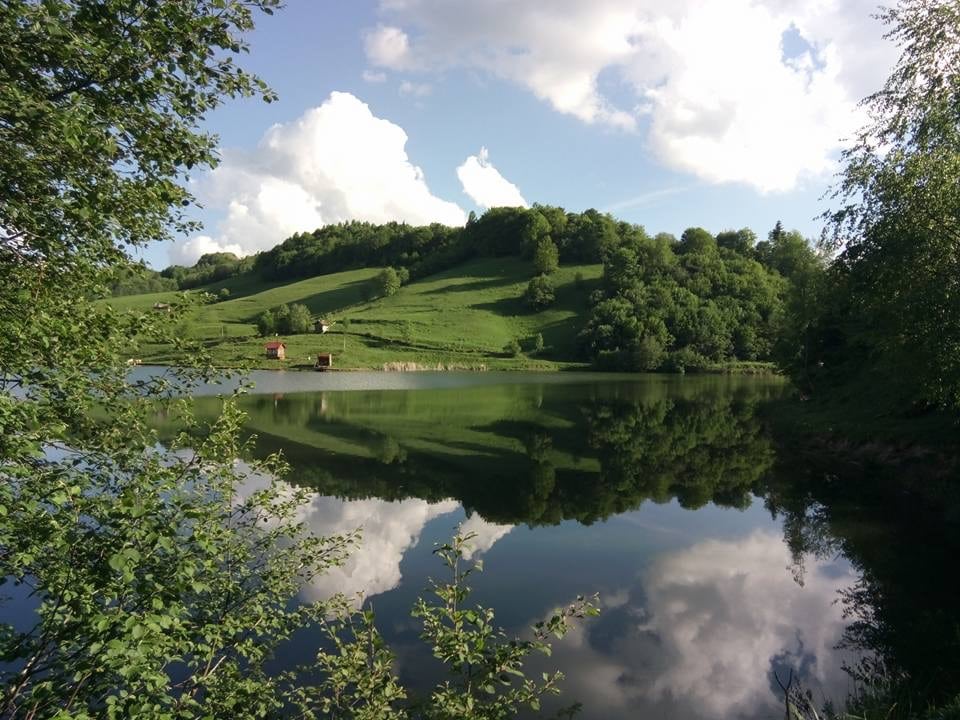
The absolute highlight of any visit is exploring the ancient Roman mines! I was completely blown away when I first descended into these incredible underground galleries. The mining museum features both indoor and outdoor exhibits, with the outdoor section showcasing mining trains and machinery that tell the story of more recent operations.
But the truly unmissable experience is going down into the actual mining tunnels to see the original Roman mines, which are remarkably well-preserved. The underground tour takes you through two levels and 170 meters (558 feet) of original Roman mining galleries that are fully illuminated with electric lamps. It’s genuinely mind-boggling to walk through spaces created nearly 2,000 years ago!
Beyond the mines, the landscape itself took my breath away every time I visited. There are numerous short hiking trails around the valley, including paths to those beautiful artificial lakes I mentioned earlier. My favorite is the “Circuit of the Lakes” trail (Circuitul Tăurilor). It’s an easy 2.5-hour hike that starts from the central square of Roșia Montană and takes you past several of those beautiful artificial lakes. The trail winds by traditional houses (including that of a local blacksmith), extensive communal meadows with panoramic views toward Vulcan Massif, and a lovely birch forest. The path eventually circles back to the central square, offering a perfect introduction to the area’s natural beauty.

Is Roșia Montană Mining Landscape worth visiting?
I’ve visited this beautiful place at least five times because, for us Romanians, it represents an important piece of our country that nearly faced destruction in the early 2000s (for its gold). But if I’m being honest and looking at it through an outsider’s eyes, you might be disappointed by the villages themselves.
The valley is genuinely beautiful, and I definitely recommend taking at least one walk, climbing to a higher viewpoint for perspective. The hiking trails offer serene experiences through forests and past those historic artificial lakes. The cultural significance and the ancient Roman mining galleries are truly fascinating for history buffs. But I wouldn’t come to Romania just to visit this place – it’s more of a meaningful stop while exploring Transylvania rather than a destination in itself.
On the other hand, the site would make a great stop on a road trip in Romania. which has a number of excellent UNESCO sites like the Fortified Churches, which are not very far away, or the Wooden Churches of Maramures in the north.
What sorts of travelers would like Roșia Montană?
This hidden gem appeals to several types of travelers. Hiking enthusiasts will love the network of trails weaving through the picturesque landscape. The “Circuit of the Lakes” trail I mentioned is perfect for those who enjoy easy to moderate walks with beautiful scenery as a reward.
Architects and history lovers will appreciate the vernacular buildings and the incredible Roman mining heritage. There’s something special about seeing structures that have stood for centuries and realizing you’re walking where Roman miners once toiled nearly 2,000 years ago!
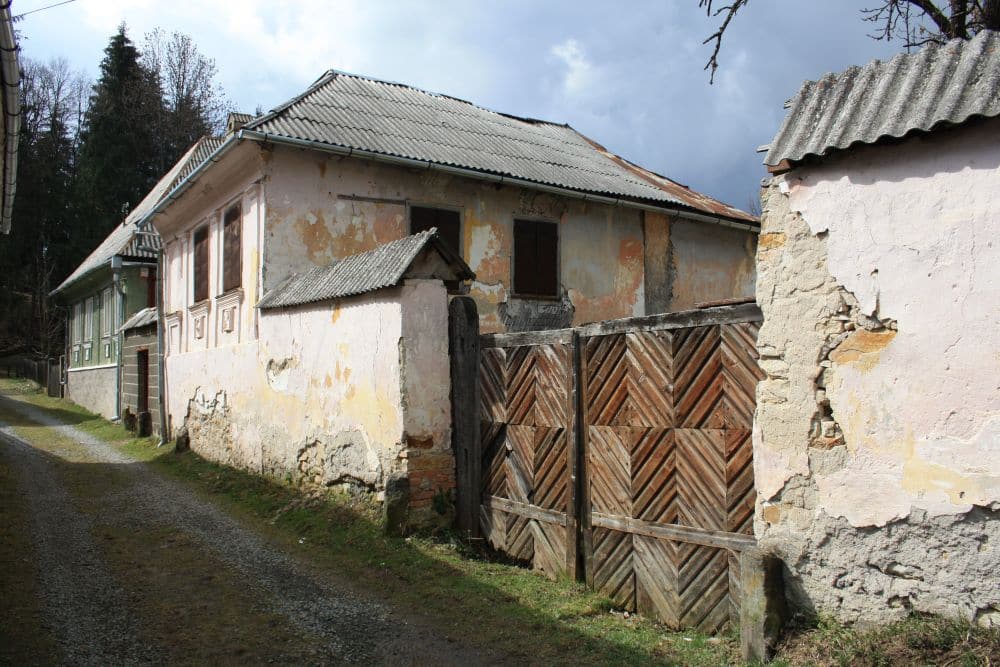
Tips for visiting Roșia Montană
If you’re planning to hike (which I highly recommend), wear comfortable shoes and bring water. The “Circuit of the Lakes” trail is relatively easy, but you’ll still want proper footwear for the forest sections and occasional steeper portions.
The best time to visit is late spring through early fall when the weather is pleasant and the landscape is at its most vibrant. Summer offers the most reliable weather, but spring brings wildflowers while autumn paints the forests in spectacular colors.
Consider hiring a local guide to learn about the area’s fascinating history and cultural significance. The stories behind the Roman mines and the recent preservation efforts add tremendous depth to what you’re seeing.
A few things to know before you go underground in the Mining Museum: The space is about 1.80 meters (5ft11in) high, 1.70 meters (5ft7in) wide at the base and 1 meter (3ft2in) at the ceiling, so you’ll need to watch your head in some areas. The temperature stays between 7°C (45°F) and 10°C (50°F) year-round, so bring something to cover up. And last but not least, the humidity is over 85%, so it feels a bit damp. There is no elevator, so you will have to walk down and up again an incredible number of stairs.
If you go hiking, bring a camera! The landscape views, particularly from higher vantage points, are absolutely worth capturing. The contrast between the green valleys, historic villages, and the artificial lakes creates a uniquely Romanian pastoral scene.
Where is Roșia Montană?
Roșia Montană is located in the central-western part of Romania, in the middle of the Apuseni Mountains (in the northeast of the Metalliferous Mountains and the Auriferous Polygon).
The closest major cities are
- Cluj-Napoca at about 130 km (81 mi) away, a 2-hour drive
- Alba Iulia at about 80 km (50 mi), a 1.5-hour drive
- Sibiu at about 140 km (87 mi), a 2.5-hour drive
Brasov, the heart of Transylvania, best known for its castles, is almost a 5-hour drive away. I definitely encourage you to visit Alba Iulia for its impressive citadel, Sibiu for its beautiful old town and village museum, and Cluj-Napoca for its young, vibrant atmosphere and charming historic center.
Find accommodations in Cluj-Napoca, Alba Iulia or Sibiu.
If you’re staying in one of these cities, Roșia Montană makes a perfect day trip – just keep your expectations realistic. This site holds more importance in Romanian hearts than it may immediately reveal in obvious beauty. There’s free parking available in the village center.
Public transportation is limited, so having your own car is ideal. Compare rental car prices here. There are buses from Alba Iulia and Câmpeni to Roșia Montană, but services are infrequent. Many visitors choose to join organized tours from Cluj-Napoca or from Sibiu or Alba Iulia, which include transportation and a guide.
For more information about Roșia Montană, including details about guided tours and special events, see the official website (in Romania – use Google Translate).
Have you been to Roșia Montană? If so, do you have any additional information or advice about this UNESCO World Heritage site? Please add your comments below!

